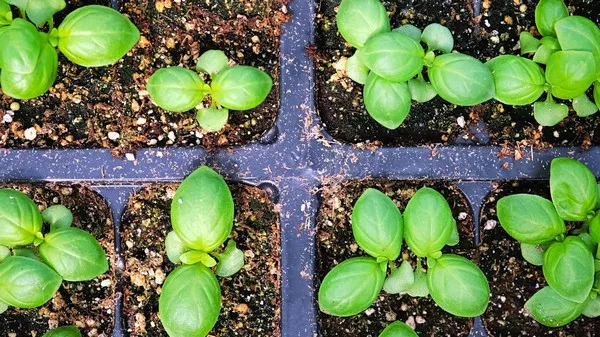Two recent studies conducted by UC Riverside reveal that native plants and non-native crops in close proximity can lead to heightened pest attraction and disease transmission in both directions.
Dr. Kerry Mauck, an entomologist at UCR and co-author of the studies, emphasized the impact of human landscape alterations on pathogen proliferation: “We have altered the landscape, creating favorable conditions for pathogens to thrive. This has led to the introduction of pathogens damaging native plants, while endemic pathogens have adapted to infect crops.”
One of the studies, detailed in the journal Phytopathology, identified the presence of Candidatus liberibacter solanacearum (CLso) in wild California plants, a bacterium affecting nightshade species like tomatoes and peppers. Similar to the pathogen causing citrus greening disease, CLso spreads via psyllids, small flying insects. This pathogen is responsible for zebra chip disease in potatoes, significantly reducing yields by up to 90% since its emergence in the 2000s.
Mauck noted the sudden appearance of CLso in the U.S. and the research team’s investigation into its origins using samples from UC natural reserves and herbarium specimens dating back to the 1970s. The study found CLso in 15-20% of sampled plants, though the variants identified did not affect crops nor harm the host plants.
Despite the presence of benign CLso variants in wild plant communities, they do not transfer to agricultural fields. The team, now funded by the U.S. Department of Agriculture, aims to explore molecular changes enabling the pathogen’s adaptation to crop plants.
In a complementary study published in the Phytobiomes Journal, Mauck and colleagues examined the transmission of viral pathogens from agricultural fields to wild squash plants in UC reserves. Crops like squash attract aphids and whiteflies that spread viruses like cucurbit aphid-borne yellows virus (CABYV). The study found that 80% of wild squash plants sampled were infected with CABYV, which inhibits root growth, posing challenges in drought-prone regions like Southern California.
Mauck emphasized the ecological importance of wild squash plants, describing them as vital resources in summer for various organisms, including endangered mammals.
Both studies underscore the necessity for collaboration among land managers, growers, and plant advocates to mitigate pathogen introductions. Mauck highlighted the risk associated with plant material movement: “Plant pathogens can accompany plant trade, necessitating vigilance to prevent their spread. Understanding pathogen behavior and evolution can aid in minimizing their impact on crops and wild plants alike.”
In conclusion, the studies emphasize the interconnectedness of plant ecosystems and the importance of proactive measures to manage pathogen risks effectively.


